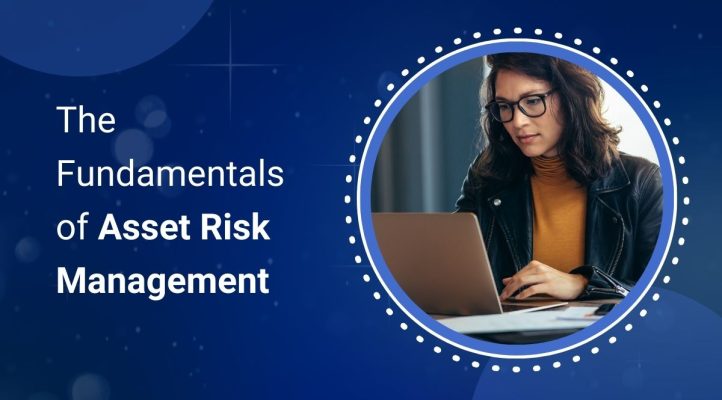The Fundamentals of Asset Risk Management

Organizations rely on assets to maintain smooth operations. However, these assets are susceptible to risks that can compromise efficiency, security, and financial health. Without a clear risk management strategy, businesses may face unexpected failures, compliance issues, or economic losses. Implementing structured asset risk management practices ensures assets are protected throughout their lifecycle, enabling organizations to optimize performance and longevity. Let’s explore the essentials of asset risk management and provide strategies to protect assets effectively.
Understanding Asset Risk Management
Asset risk management involves identifying, assessing, and mitigating risks associated with assets. Organizations must adopt structured approaches to minimize risks to performance, safety, or financial stability.
Key components of asset risk management include:
- Risk Identification: Recognizing potential threats to asset integrity, including wear and tear, cyber threats, theft, and regulatory non-compliance.
- Risk Assessment: Evaluating the likelihood and potential impact of identified risks.
- Mitigation Strategies: Develop strategies to reduce or eliminate dangers through maintenance, monitoring, and security measures.
- Continuous Monitoring: Tracking asset performance and risk exposure to ensure ongoing protection and efficiency.
The Asset Lifecycle and Risk Considerations
Assets go through multiple stages in their lifecycle, each presenting unique risks. Understanding these stages can help organizations implement effective protection strategies.
- Acquisition: Selecting high-quality assets that align with operational needs reduces the risk of early failure or inefficiency.
- Deployment: Ensuring proper installation, training, and initial inspections can prevent early performance issues.
- Utilization: Regular monitoring and scheduled maintenance minimize the risk of unexpected breakdowns.
- Maintenance and Upgrades: Proactive maintenance extends asset lifespan and ensures compliance with evolving standards.
- Decommissioning: Safe and efficient asset disposal prevents environmental hazards and regulatory penalties.
Key Protection Strategies for Asset Risk Management
Organizations can implement several strategies to protect their assets and minimize risks:
- Preventive Maintenance: Regular servicing and condition monitoring prevent unexpected failures.
- Data-Driven Decision-Making: Utilizing analytics and AI-driven insights improves asset performance and risk forecasting.
- Compliance Management: Ensuring adherence to industry standards and regulations prevents legal and financial repercussions.
- Insurance and Contingency Planning: Safeguarding financial stability through insurance and backup plans ensures quick recovery from asset-related losses.
Rhythm Innovations’ Approach to Asset Risk Management
Rhythm Innovations offers a comprehensive Asset Risk Management solution to safeguard critical assets through proactive strategies and advanced management tools. Our platform provides real-time tracking of asset status and location to prevent loss, proactive maintenance alerts to minimize downtime and extend asset life, and compliance monitoring to meet asset-related regulatory standards. By leveraging AI-driven insights and automated workflows, Rhythm enables organizations to predict risks, ensure compliance, and enhance operational efficiency.
Conclusion
Effective asset risk management ensures business resilience and sustained operational success. Organizations can mitigate risks, extend asset longevity, and optimize performance by understanding asset lifecycle stages and implementing robust protection strategies. With proactive monitoring and strategic planning, businesses can safeguard their investments and maintain a competitive edge in today’s evolving landscape. Rhythm Innovations provides the tools and insights to support enterprises in their asset risk management journey, ensuring that assets remain protected and optimized for long-term success.


